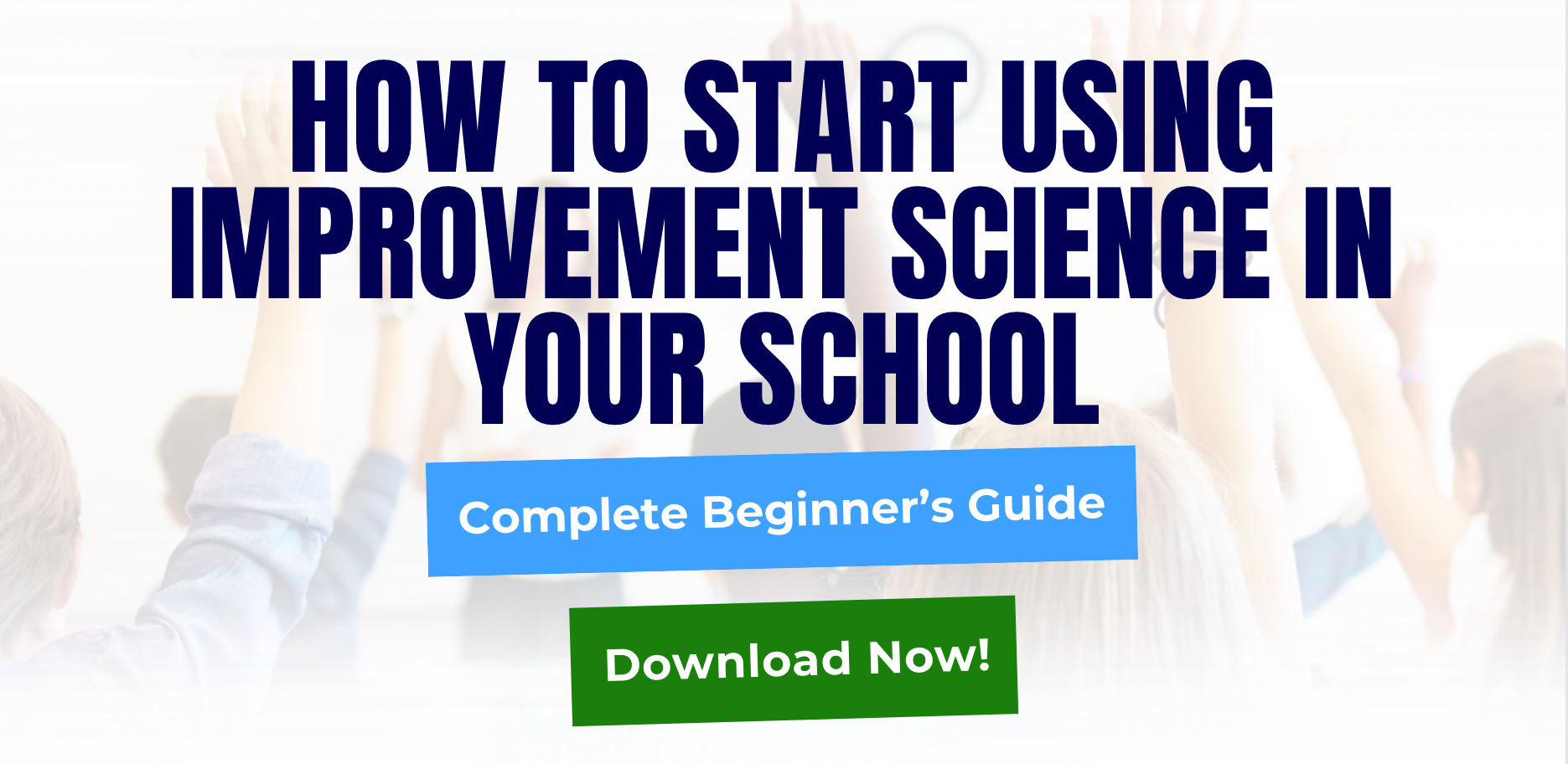8 Behavior Management Strategies You Should Use
The most interactive and engaging lesson can be derailed if you have to constantly redirect behaviors and remind students of your expectations. As a classroom teacher and administrator, I understand the value of investing the time necessary to create a behavior management plan.
Implementing effective classroom management strategies can significantly improve the learning experience for all students. There are some actions that you can take to ensure that the behavior of your students remains conducive to learning.
We’ve listed the 8 best behavior management strategies for teachers to use in the classroom. They are practical approaches to creating a structured and supportive learning environment.
The 8 Best Behavior Management Strategies to Use in the Classroom
A 2019 report shows there is widespread concern over the lack of professional development for educators in managing classrooms. Here are the 8 behavior management strategies you should use in the classroom this school year:
1. Model Ideal Behavior
Begin by showing, not just telling, students how to behave. By demonstrating the behavior you want to see, you’re setting a clear example. Research shows that modeling is an effective way to teach students appropriate actions and reactions. Here's how to do it:
Role-play relevant scenarios in front of the class with another teacher or student helper. Choose a relatable scenario, such as listening to a fellow student respond during a class discussion. During this interaction, make sure to:
Actively listen by nodding and showing engagement
Use appropriate body language, like sitting up straight and looking at the speaker.
Wait your turn to speak, even if you are excited to share.
Show appreciation for the other person's input by providing appropriate feedback.
After the demonstration, lead a class discussion to highlight the positive behaviors shown. This not only reinforces the behavior but also involves students in the learning process.
2. Establish Clear Rules and Expectations
To maintain an organized and respectful classroom environment, clarity in rules and expectations is crucial. Start by collaboratively creating a list of class rules from a discussion with your students. This collaborative approach demonstrates respect for their opinions and ensures their buy-in. The rules should be concise and general enough to apply to many scenarios. Then, print and distribute the finalized list to ensure the students understand what is expected of them and the consequences for not adhering to the rules.
Examples of classroom rules might include:
Follow directions the first time.
Respect yourself, others and school property
Keep your hands, feet and objects to yourself.
3. Offer Praise
Acknowledging students for their efforts and achievements is essential for maintaining a positive classroom atmosphere. In fact, according to a recent study, praising students for a job well done improves academic and behavioral performance. This means that when praise is specific and sincere, it can inspire the entire class, boost individual self-esteem, and effectively reinforce the rules and values you want to instill.
For instance, praising a student's ability to engage in respectful communication with their peers reinforces the student’s positive behavior and encourages the other students to do the same.
4. Maintain a Routine
Establishing and maintaining a consistent routine is a key tool for student behavior management. A structured routine helps clarify expectations and reduces the need for constant instructions, allowing more time for meaningful learning activities. Involve students in creating a class schedule that accommodates everyone's needs and assigns them responsibilities for routine tasks such as collecting materials. Even students known for disruptive behavior can benefit from having responsibilities, which often helps minimize issues. Use non-verbal cues like hand gestures to gently guide students back on track if they start to deviate from the established routine.
5. Use Non-Verbal Communication
Visual cues such as charts or signals can serve as reminders. For example, posting a copy of the behavior expectations in a high traffic area ensures that students will be reminded of what is expected of them. Simple non-verbal gestures can provide redirection. During times, where there is noise and activity, yelling over students to get their attention is not ideal. For example, silence and a raised hand could indicate that students need to stop talking and listen for further instruction. An anchor chart to remind students of the times when they should remain seated versus when they are able to freely move about the classroom will communicate the message even while students are engaged in different activities.
6. Promote Positive Language
Encouraging positive language is important in shaping classroom dynamics. Rather than focusing on prohibitive commands, frame instructions positively to build a supportive environment.
For example, instead of saying, "Don't run in the hallway," encourage students by saying, "Let's walk quietly in the hallway." Similarly, encourage students by saying, "Let's listen attentively while others are speaking," instead of saying, "Stop talking while I'm teaching." Instead of immediately scolding students who are not following directions, positively narrate the behavior of those students who are. This will serve as a reminder and give students a chance to redirect their own behavior before you have to.
This approach respects students' autonomy and cultivates a culture of respect and cooperation. Using positive language consistently helps students internalize constructive behaviors and improves the overall classroom atmosphere.
7. Build Strong Connections with Students
Creating meaningful connections with your students is another one of the most effective behavior management strategies. Take time to understand each student's unique interests and challenges, which allows you to tailor your teaching approach to their personality.
For example, if a student shows a keen interest in art, integrating art-related activities into lessons can enhance their engagement and motivation. Moreover, developing these relationships helps you identify potential triggers for disruptive behavior. If a student starts acting out in class, knowing their background may reveal underlying issues such as academic struggles or personal difficulties. By addressing these issues with empathy and support rather than punitive measures, you can create a trusting environment where students feel valued and understood.
8. Avoid Punishing the Whole Class
It is important to understand that the way you address discipline can significantly impact student behavior. Instead of punishing the entire class for isolated incidents, address behavioral issues individually.
For example, if a student disrupts class by talking out of turn, approach them with a question like, "Is there something you need help with?" This basic approach addresses the behavior directly while maintaining a positive tone in the classroom environment. Additionally, it creates a respectful environment where students feel seen and supported.
The Bottom Line
Effective behavior management strategies in the classroom are essential for creating a positive learning environment where students can thrive academically and socially. If your school is looking to enhance its approach to behavior management, School That Lead offers comprehensive support.
This organization comprises school and district administrators, former teachers, and non-profit leaders dedicated to empowering educators with proven strategies and professional development opportunities. Their expertise in implementing evidence-based practices ensures that schools can cultivate a culture of respect, responsibility, and academic achievement.
Learn how Schools That Lead helped North Carolina educational leaders create their own strategies for managing the students in their care and improving student outcomes, such as a greater decline in chronic student absences than the state average.
Frequently Asked Questions:
1. What are the most effective behavior management strategies for the classroom?
Effective behavior management strategies include modeling ideal behavior, establishing clear rules, and maintaining consistent routines. These approaches help create a structured learning environment. A 2019 report highlights the importance of professional development in classroom management. Mention this in the introduction to emphasize the need for these strategies.
2. How can I improve student behavior without resorting to punishment?
Improving student behavior can be achieved by using non-verbal communication, promoting positive language, and building strong connections with students. Instead of punishment, focus on reinforcing positive behavior and addressing issues with empathy. This approach fosters a supportive classroom atmosphere and helps students feel respected and understood.
3. What role do parents play in classroom behavior management?
Parents contribute by reinforcing classroom rules and expectations at home. Regular communication between teachers and parents helps create a unified approach to behavior management. Collaborating with parents ensures consistency, which is crucial for managing student behavior effectively across different environments.
4. What are some age-appropriate behavior management techniques?
For younger students, visual cues and simple, clear rules are effective. Older students benefit from more structured routines and involvement in setting class expectations. Tailoring strategies to the developmental stage of students ensures that behavior management techniques are both effective and respectful of their growing autonomy.
5. How can engaging lesson plans reduce behavior issues?
Engaging lesson plans keep students focused and reduce the likelihood of disruptions. By incorporating activities that resonate with students' interests and learning styles, teachers can minimize behavior issues. A well-structured, interactive lesson can make learning enjoyable, keeping students on task and engaged.

DANA C. DIESEL
Dana is President and CEO of Schools That Lead, Inc. She also teaches courses at Wilmington University on the use of improvement science in schools to students pursuing their doctorates in educational leadership.


